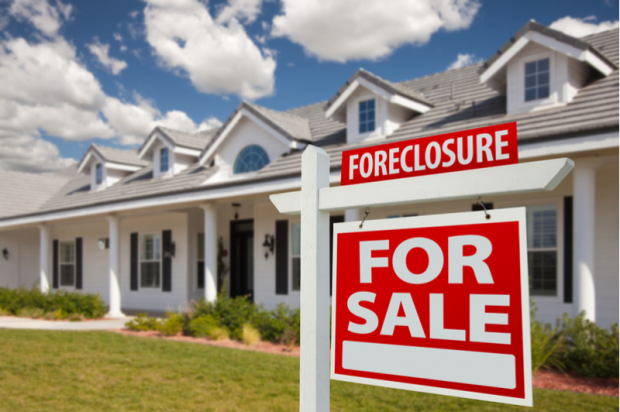Triggering The Statute Of Limitations In A New York Foreclosure Action


In the State of New York, foreclosure denotes a supreme court lawsuit filed by the mortgage holder - traditionally a bank or financial company - against the mortgagee, a private homeowner. As such, foreclosure begins when the lawsuit is filed, and the homeowner is "in foreclosure" until a judicial determination of the action has been reached.
Since New York is a "judicial foreclosure" state, the lender has to sue the borrower to enforce their rights and obtain a court order that forecloses on the mortgage. And, as judicial action and succeeding ruling are required to proceed with the sale of the foreclosed property, filing the summons and complaint in a foreclosure action is subject to a statute of limitations.
New York residential foreclosures can take up to several years and attempts to conclude, which is why you should seek a statute of limitations analysis during all phases of the foreclosure proceedings. Below we have outlined some of the legal implications that you should know about triggering the statute of limitations in a New York foreclosure action.
New York's Civil Practice Law and Rule 213 provides a six-year foreclosure statute of limitations for the enforcement of contracts. Because a mortgage is considered to be a contract, a mortgagee is required to take judicial action on a note secured by a mortgage within six years. Failure to bring a foreclosure action within the six-year time frame can result in dismissal of the action and removal of the lien.
The statute of limitations comes into effect on the date the unpaid mortgage installment comes due. Therefore, if installment payments have not been delivered in September 2008 and September 2014, the mortgage holder can file a foreclosure action until September 2020. The initial missed payment becomes irrelevant in light of the new one since the statute of limitations renews with each subsequent missed payment.
Under New York's RPAPL §1304, lenders are required to send a borrower in default written notice, either by registered or certified mail, at least ninety days before the foreclosure action starts.
Photo from GOBankingRates
It should contain:
A statement that the borrower is at risk of losing their home and must read the notice carefully;
Notice that the loan is in default;
The days (number) the loan has been in default;
The total amount due for curing the default;
A list containing a minimum of five local non-profit agencies that offer housing counseling;
Notice that the lender may initiate a foreclosure action against the recipient following the expiration of the ninety-day notice period.
Upon the borrower's default, a lender may "accelerate" the debt - in this case, the payment is no longer due in installments, but should be paid immediately and in full. As a result, the statute of limitations period begins to run on the entire balance upon the acceleration. If the mortgage holder decides to accelerate the debt but fails to see a foreclosure action to the end within the six years of the statute of limitations, they risk forfeiting their right to collect on the note.
Formal acceleration takes place when the lienholder sends a letter to the borrower in default stating that they are "calling in" the debt under the mortgage note's acceleration clause. Note that it should unequivocally state that it is calling in the debt, and not that it will call in the debt if the borrower fails to take a certain action. Anything less than such an overt declaration will not be sufficient to trigger the statute of limitations prior to filing summons and complaints in the supreme court.
If the lienholder files a foreclosure summons and complaint in the New York Supreme Court, the debt is automatically accelerated, installments seized, and the six-year statute of limitations period begins to run; even if the mortgage holder didn't formalize the acceleration in written form prior to the filing.
Under New York's Civil Practice Law and Rules, foreclosure actions must be initiated within six years of the triggering event, pursuant to the statute of limitations.
The statute of limitations is triggered upon the filing of a lawsuit, which is preceded by a formal written notice provided by the borrower in default. Consequently, the homeowner is in foreclosure until a judicial determination of the action is reached.
If the lender decides to accelerate the debt, then they may either send a letter stating that they unequivocally call the debt, or file a foreclosure summons and complaint in the supreme court. Either way, the installments are seized, and the six-year statute of limitations begins to run.
For a case-to-case analysis, you should consider contacting a foreclosure attorney.
© 2023 Lawyer Herald All rights reserved. Do not reproduce without permission.
* This is a contributed article and this content does not necessarily represent the views of lawyerherald.com
Get the Most Popular Lawyerherald Stories in a Weekly Newsletter